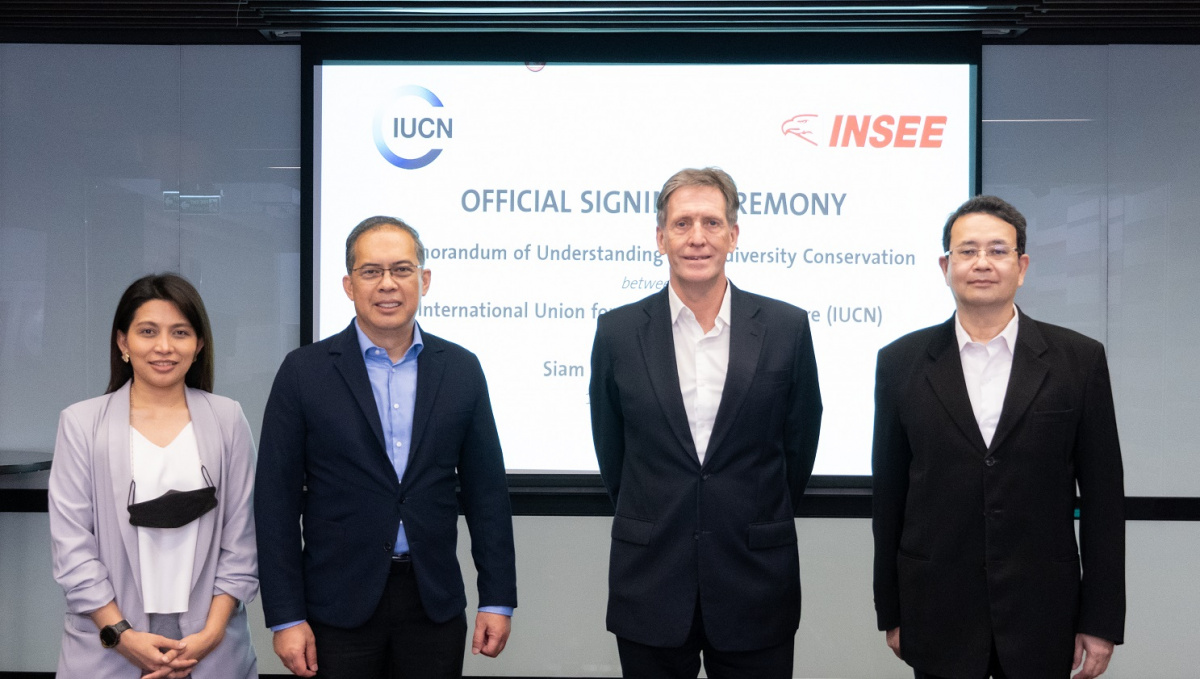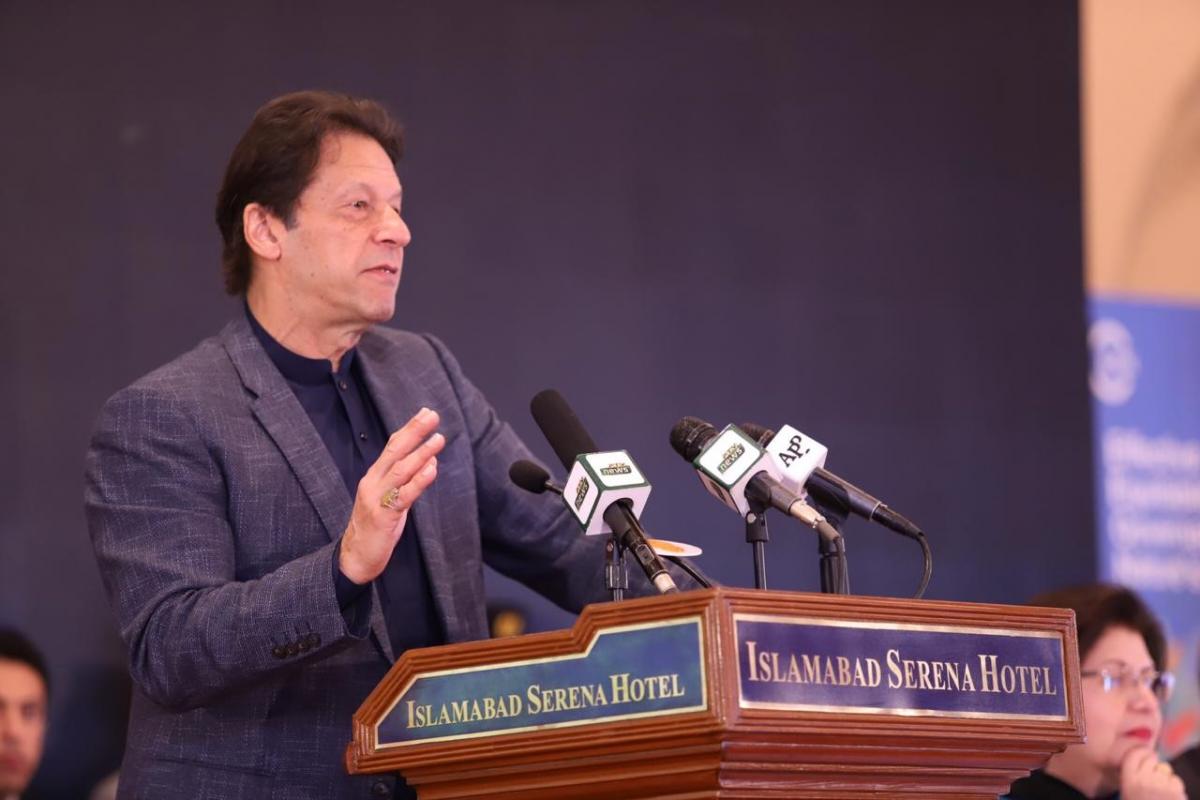Engaging and Empowering Economic Development Officers (EDOs) to Conserve and Manage the Kelani River Basin for Water Health and Other Uncertainties
A workshop to engage and empower the Economic Development Officers (EDOs) to conserve and manage the Kelani River Basin was held at the Auditorium of the Ministry of Mahaweli Development and Environment (MMD&E) on 25 April 2019.

Lighting of the traditional oil lamp by the distinguished guests
Photo: © IUCN
The workshop was held under the leadership of the Hon. Ajith Mannapperuma, State Minister of the MMD&E and under the guidance of Mr Anura Dissanayake, Secretary and Mr Mapa Pathirana, State Secretary. The event was attended by more than 100 Economic Development Officers spread across nine Divisional Secretariat Divisions (DSD).
The event is a result of a number of meetings that were previously held with the Hon. State Minister, government authorities and other organizations. During these discussions, a working group comprising of the Central Environment Authority (CEA), Marine Environment Protection Authority (MEPA), Irrigation Department, National Water Supply and Drainage Board, Coast Conservation and Coastal Resource Management Department and IUCN was established to manage and conserve the Kelani River Basin.
The Kelani River is a major river in Sri Lanka that supplies water to a growing population of more than three million and supports many livelihoods as well. However, pollution and climate change is impacting the water quality and the health of the river, which has prompted the government and other related agencies to take action to mitigate the adverse effects. As such, IUCN Sri Lanka in early 2016, with funding from UNICEF and under the guidance of the CEA and with the participation of over 50 agencies developed a large basin restoration effort named the “Kelani River Basin Multi-Stakeholder Partnership” (https://www.iucn.org/asia/countries/sri-lanka/management-and-conservation-kelani-river-basin) that advocates a balanced development using a water safety and multi-sector approach where mobilizing communities towards greening the river basin is presented as an important component using minor-watersheds level as the management unit. During the pollution studies conducted by IUCN in 2016, the Divisional Secretariat Divisions of the Kelani River Basin were categorized into High, medium and low priority zones in order to protect the basin.
The above-mentioned workshop concentrated on the nine DSDs that fall within the “High” priority zones: namely, Seethawaka, Homagama, Dompe, Colombo, Kelaniya, Biyagama, Kolonnawa, Kaduwela and Wattala. Some of the topics discussed at the workshop ranged from the Current status of pollution and the control measures for industries, level of pollution as identified during recent years, Understanding of behavior practices, Kelani River Basin climate uncertainty and risk reduction efforts, catchment protection approach to summary of past efforts and expected role for EDOs.
 Dr Ananda Mallawatantri, Country Representative IUCN Sri Lanka addressing the gathering
Photo: © IUCN
Dr Ananda Mallawatantri, Country Representative IUCN Sri Lanka addressing the gathering
Photo: © IUCN
As the way forward, a questionnaire was provided to the EDOs to provide their inputs and action plans on implementation.



